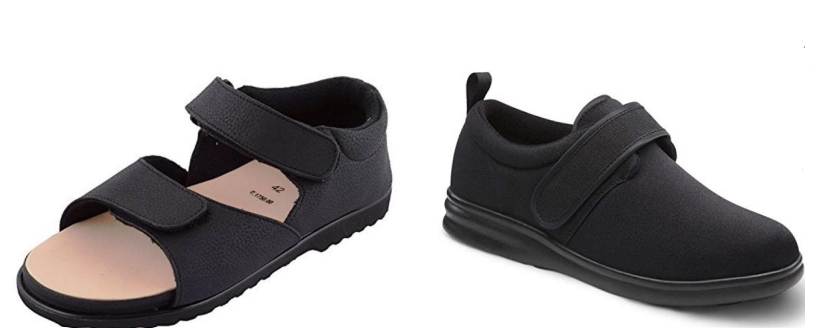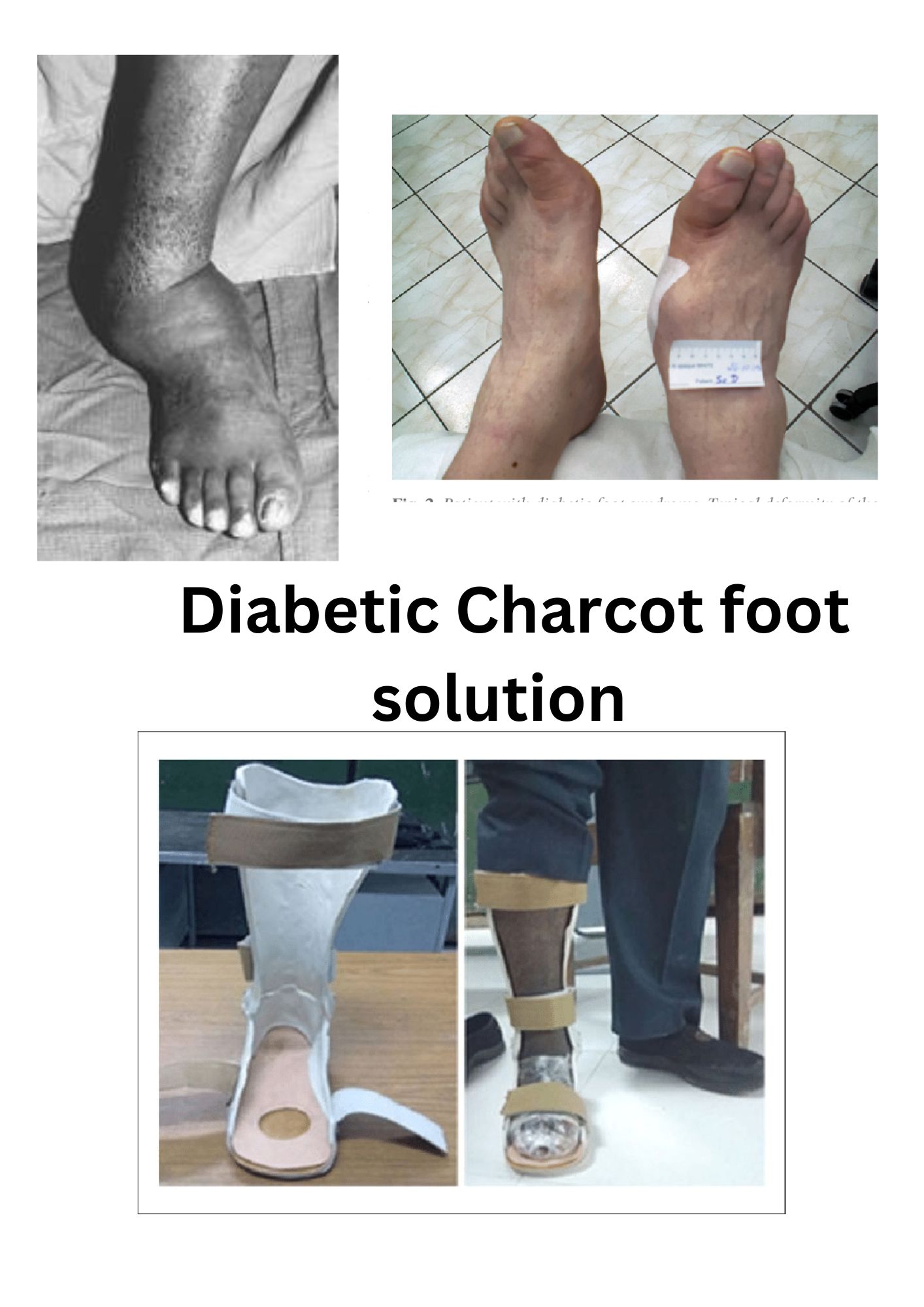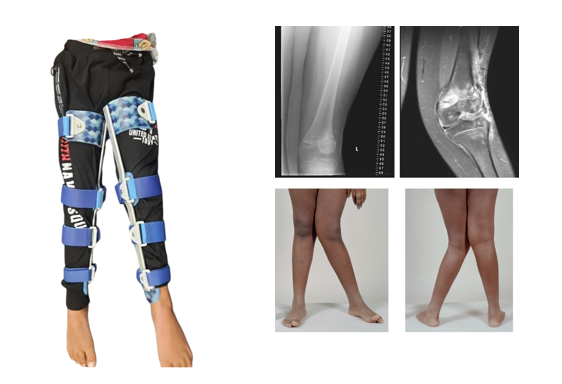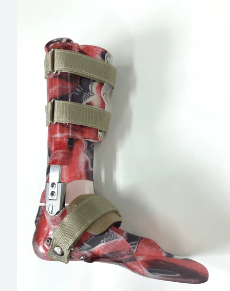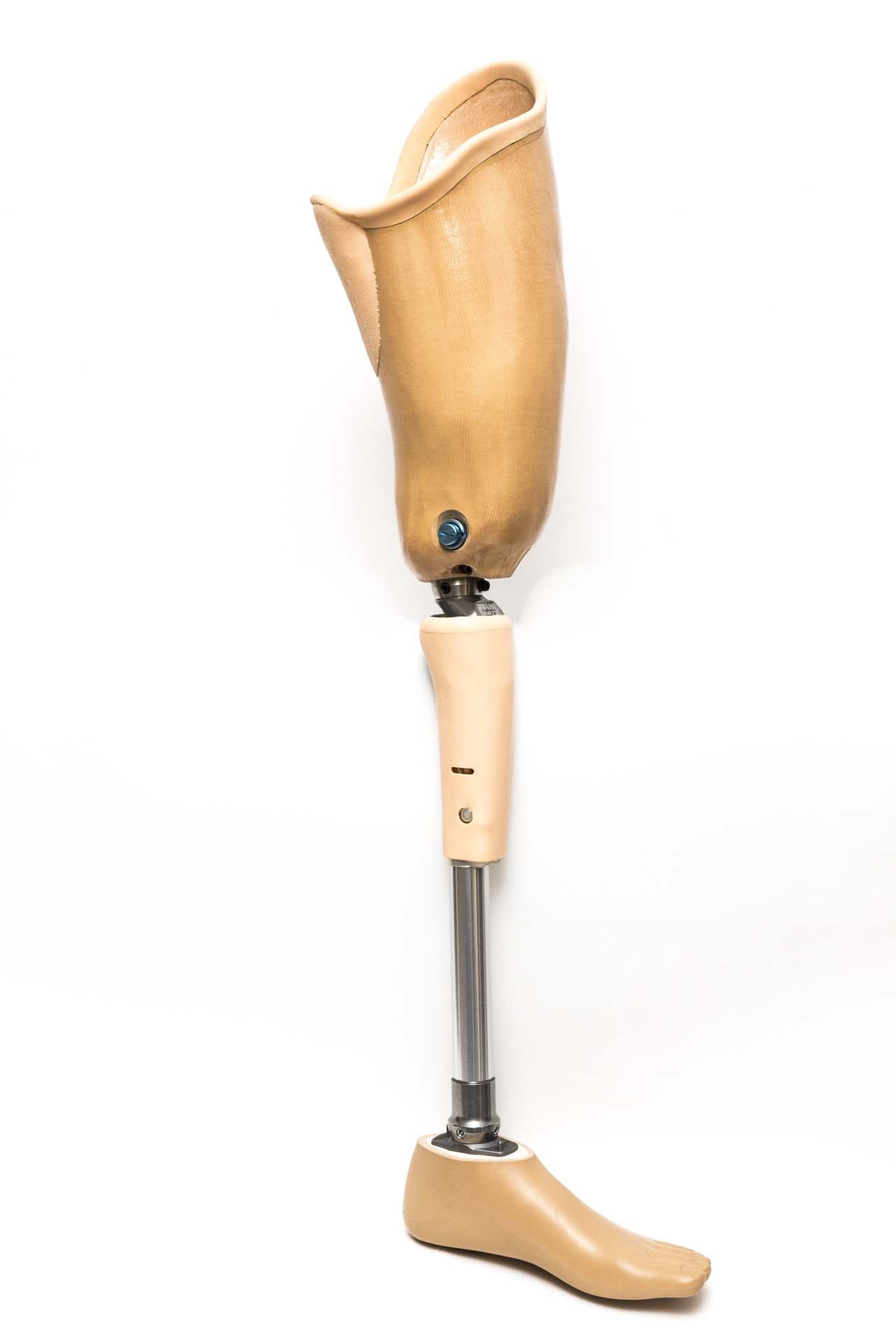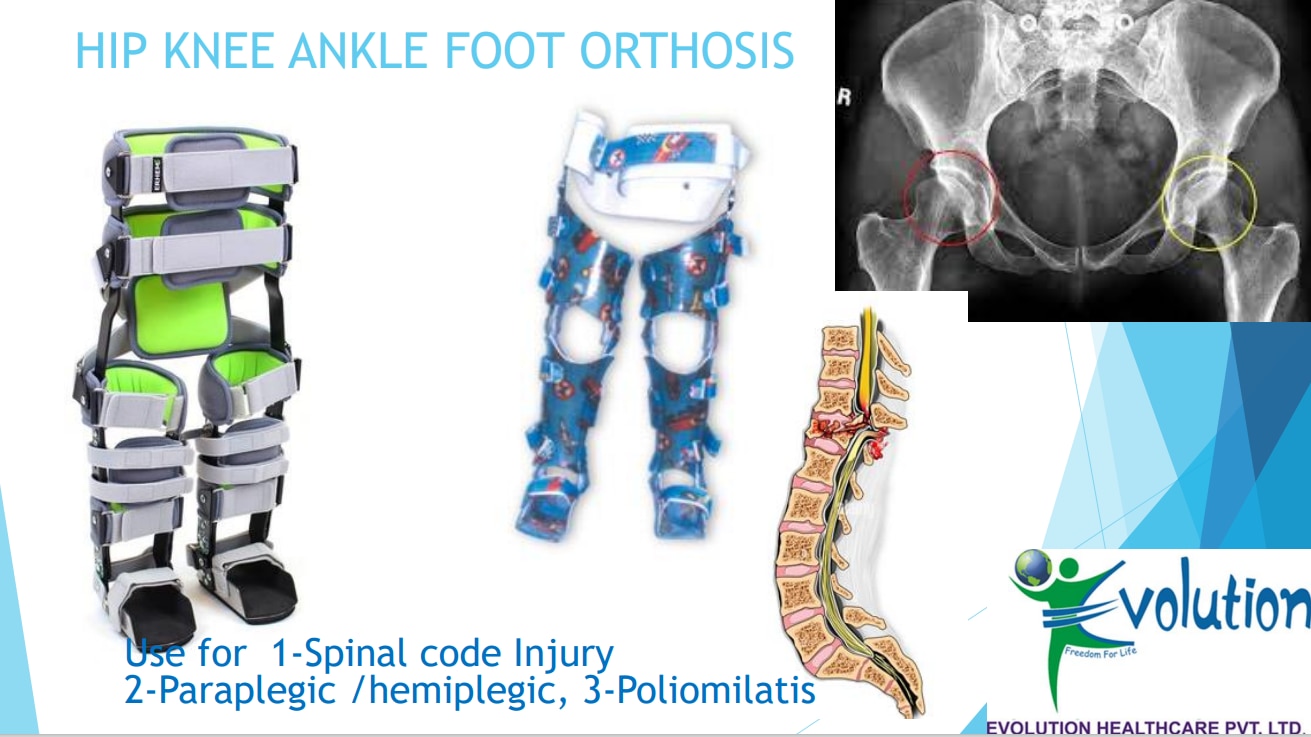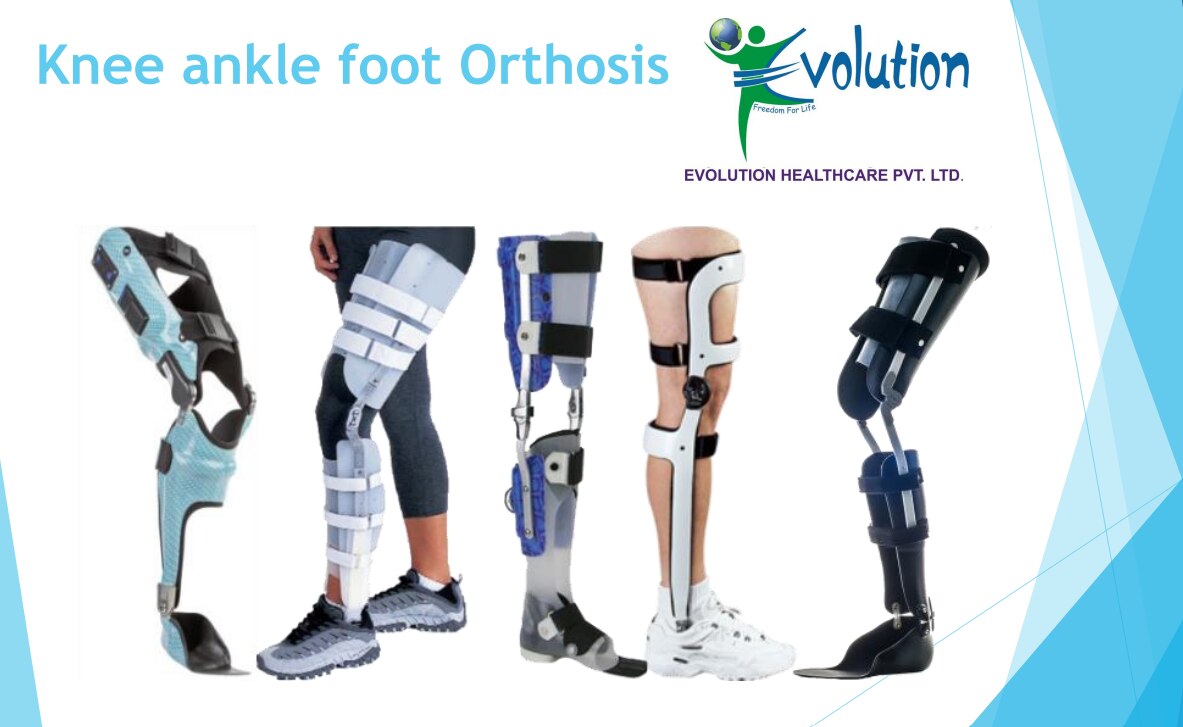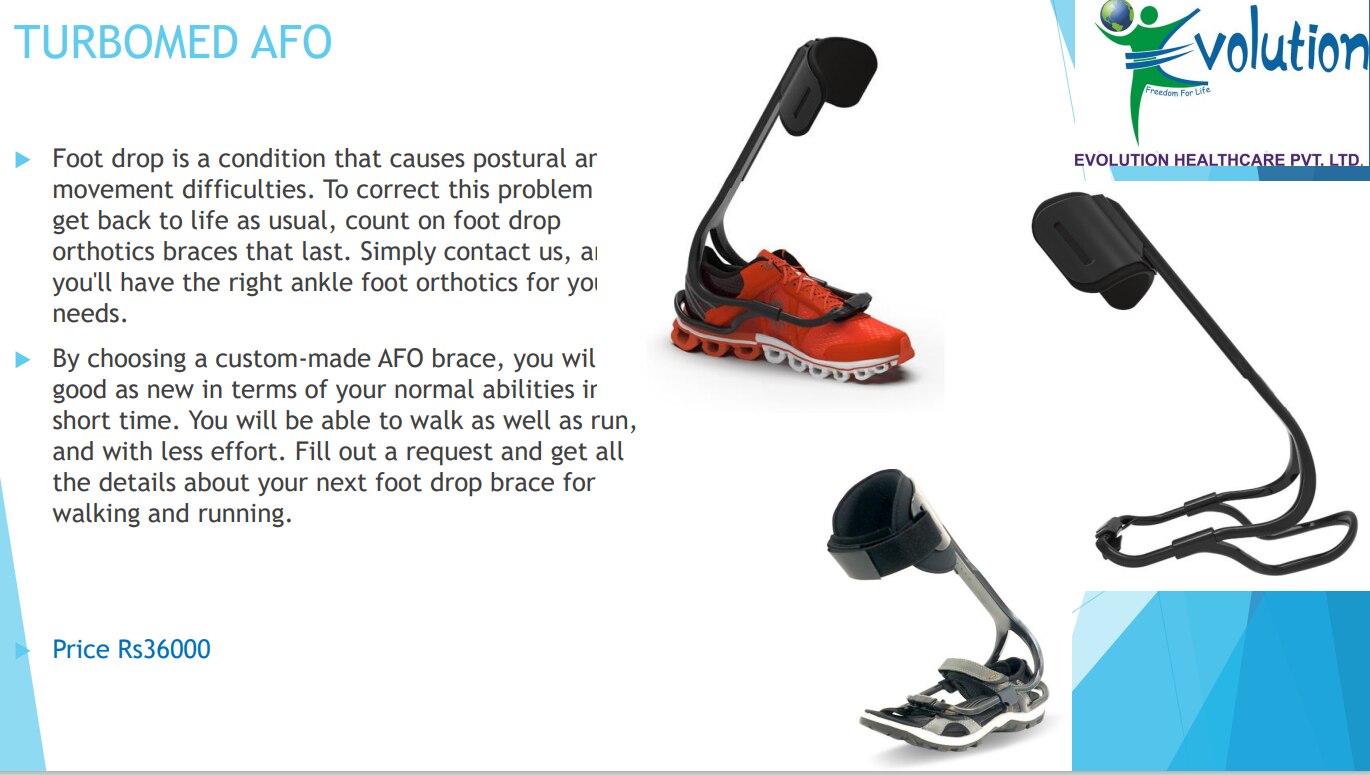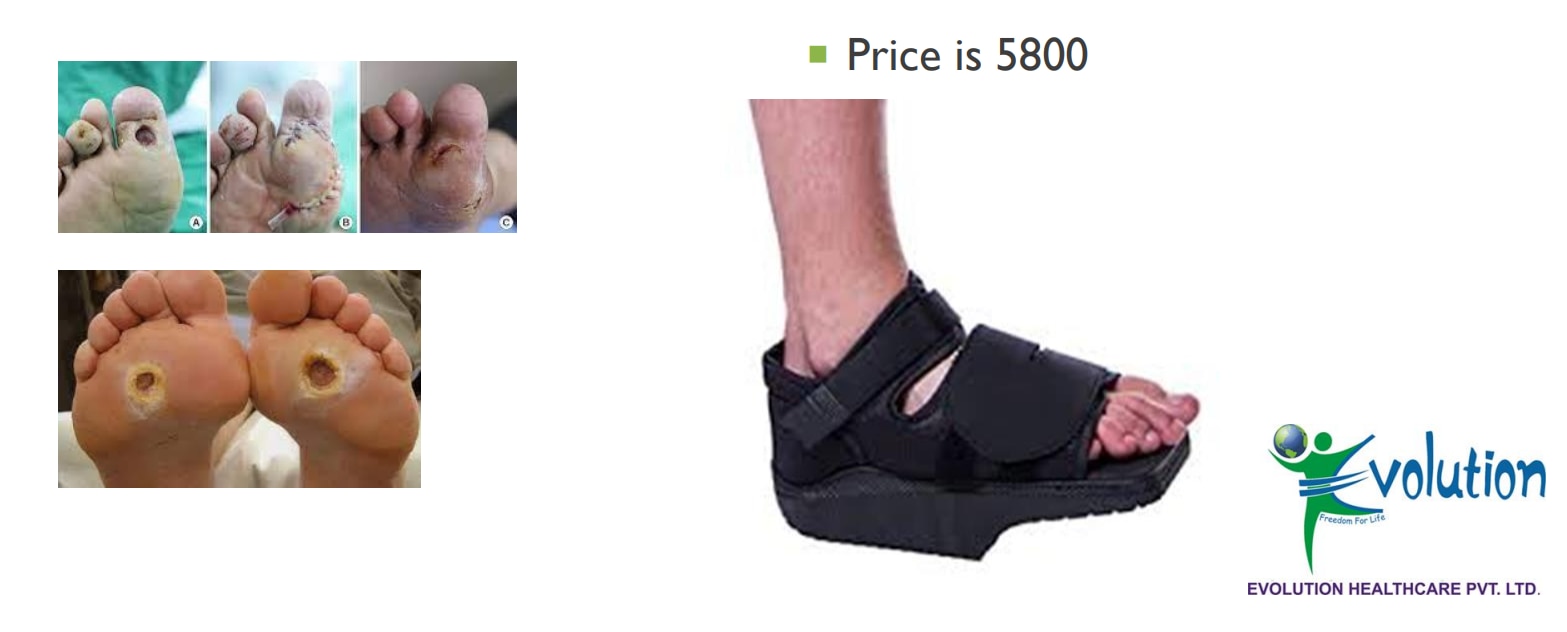NORMAL DIABETIC SHOE: Price range 4500 to 6800 plus GST 1) Diabetic shoes decrease the risk of diabetic foot ulcers and thereby reduce amputations. They provide support and protection while minimizing pressure points on the feet. They also have extra depth to accommodate diabetic inserts. There are many styles to choose from, and the shoes look much like any other shoe. 2) Diabetic shoes are often wider and deeper than regular shoes to accommodate a special multi-density insert that is designed to reduce pressure and callouses to the bottom of feet. Diabetic shoes have a larger “toe box” to prevent squeezing of the toes. Who is eligible for the Medicare diabetic shoe program? - History of partial or complete foot amputation - History of previous foot ulceration - History of pre-ulcerative callus - Peripheral neuropathy with evidence of callus formation - Foot deformity - Poor circulation Price range 4500 to 6800 plus GST

